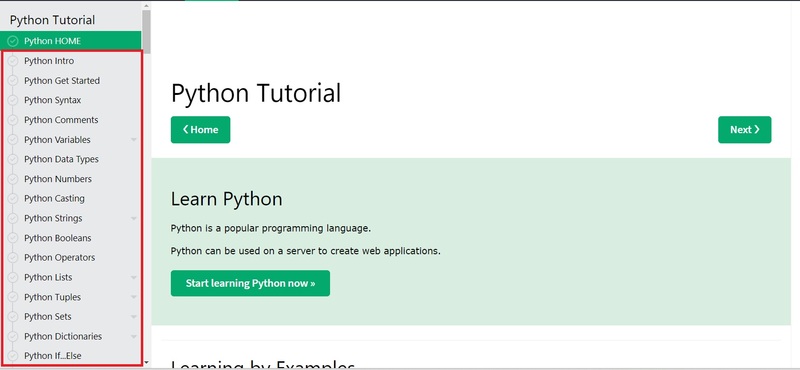Ubiquitous Learning and Instructional Technologies MOOC’s Updates
Example of social learning supported by ubiquitous learning devices
Ubiquitous learning in today's education offers students the opportunity to learn in their own environment where it allows them to access educational content, interact with peers and educators, and complete assignments from anywhere.
Reference (foto): https://file.techscience.com/ueditor/files/csse/TSP_CSSE-40-1/TSP_CSSE_18619/TSP_CSSE_18619/Images/CSSE_18619-fig-1.png/mobile_webp
In the video I watched, two teachers stated that there are many changes in education and that children are actually being educated for professions that we don't even know about yet. And that is very true and that is why children should be offered as many different ways of absorbing knowledge as possible and enable them to come into contact with new forms and tools of learning as often as possible. In the time we live in, we see that learning programming is very important, so I took that as an example.
On this website: https://www.w3schools.com/python/ you can find python and immediately see how it is divided into a large number of unit (left side marked with red):
Students can learn programming at their own pace. Since they can also access it through their mobile devices, they have the opportunity to learn in various places (waiting rooms, bus stations). They choose their own pace of learning and decide when they can continue with the next part. They are always allowed to return if a part is not clear to them. This way of learning creates more opportunities for acquiring new knowledge.




Leveraging big data to create an early intervention system that identifies and supports students at risk, enhancing educational outcomes.
This project idea on computer-mediated learning environments is highly relevant and aligns with current trends in education.